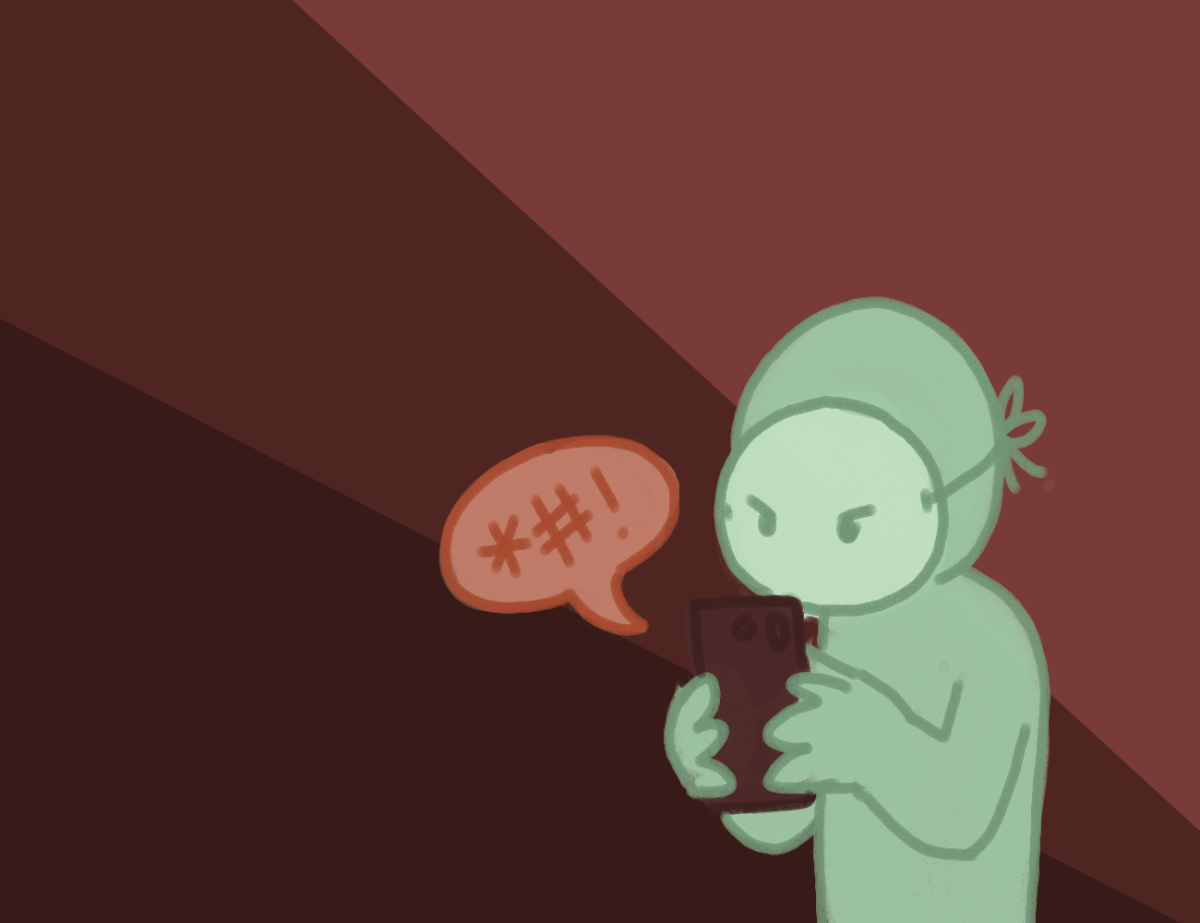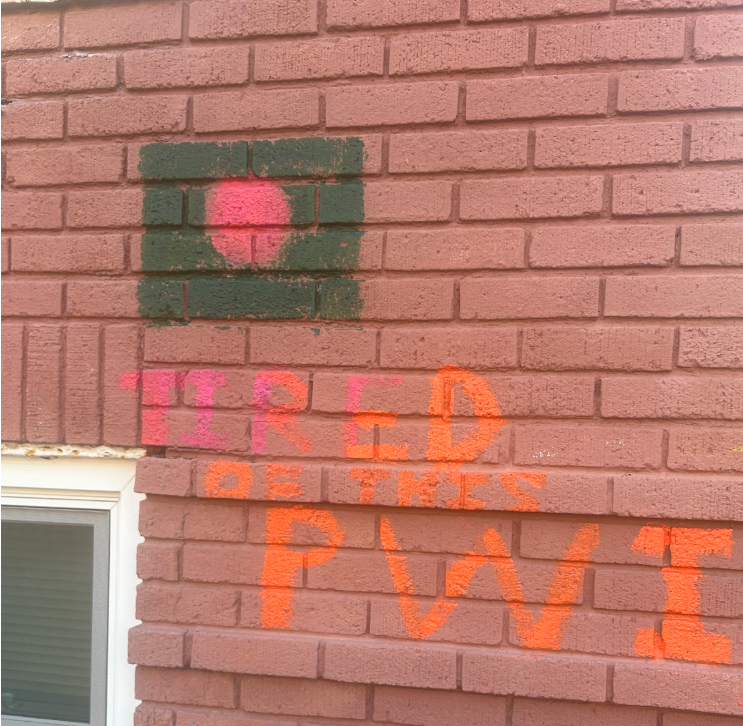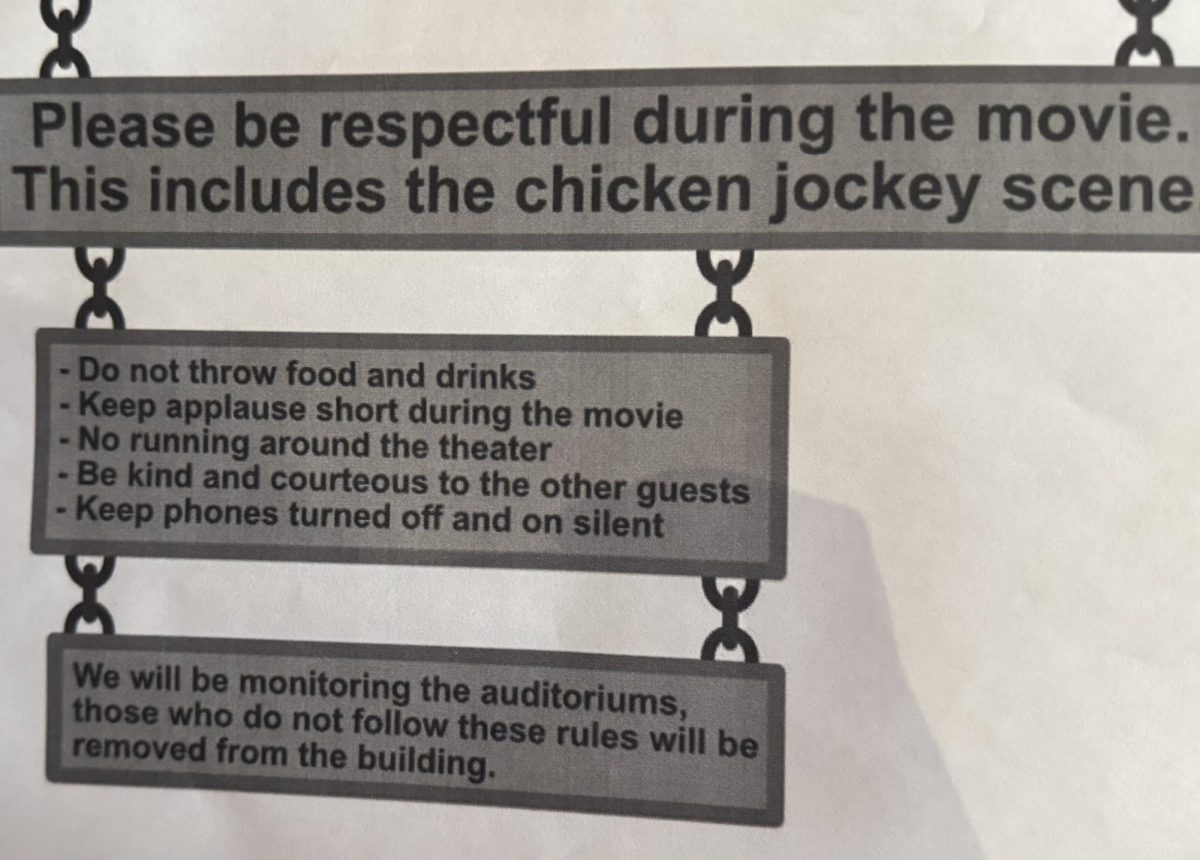In honor of Trump’s election, a month ago my mom and I went on a road trip to Manzanar National Historic Site. It was a strange and poignant trip. My Japanese American grandfather passed away only a few weeks before Trump was elected, and though I know that these events are completely unrelated, it is hard not to feel like an era of optimism has ended. As if the dreams of justice and equality my grandparents had are just that—dreams. When I was young, the stories my grandmother told about living in her camp in the desert—about the scorpions, about the wind, about the blinding heat—seemed like a nightmare, but one that was safely far away. Now I realize that that was an illusion.
It is painful to hear how people explain their support for Trump and see the past reflected back. The Japanese American internment was only possible because many on the West Coast already saw Asians as a “lesser race” who would never truly assimilate. These views motivated laws like the Chinese Exclusion Act of 1882, the only law in US history to ban immigration from one country, the Gentleman’s Agreement of 1907 between Japan and the US, and the Immigration Act of 1924, which essentially banned all Asian immigration. My great-grandfather entered the mainland US in 1907, the last year an ordinary Japanese man like him could enter. This ban was not lifted until 1965, and by that time, my great-grandfather was dead, my mother was already six years old and Asian American communities had spent over 60 years being defined by laws of racism and exclusion.
The US may be a “nation of immigrants,” but that pretty narrative obscures the complexity of our history. We have a long history of welcoming and benefiting from the labor of immigrants without actually accepting the people who do that labor. Chinese immigrants were first recruited for the difficult and dangerous work of building the railroad and then later banned once white laborers started arguing that they were undercutting wages and taking all the jobs—a rhetoric that sounds eerily familiar today. Japanese immigrants were welcomed to work as agricultural laborers in the void created by the Chinese Exclusion Act, but then resented once they started their own farms. When the internment was first proposed, a majority of its support came from white farmers. For example, a farmer in Salinas, California, told the Sunday Evening Post in 1942 that “We’re charged with wanting to get rid of the Japs for selfish reasons. We do. It’s a question of whether the white man lives on the Pacific Coast or the brown men.”
The resurgence of attitudes like this—the ‘take back our America’ rhetoric— reveals how we have failed to reckon with our history. Descriptions of the internment usually emphasize that no Japanese Americans were ever convicted of espionage, that internees valiantly and tirelessly worked to build a semblance of their former lives inside the camps and that thousands of young men volunteered to fight in World War II while their families lived behind barbed wire. These statements bother me not because they’re not true or highly admirable, but because they perpetuate an argument based on retrospection. They say that our condemnation of the internment relies on being able to look back into the past—to know the innocence of Japanese Americans with complete and utter certainty. But if we say that the internment is only wrong because we have the benefit of hindsight, then there is no reason why we cannot intern another group of people whose loyalty and innocence is “unproven.” If we cannot rid ourselves of the idea that every non-white, non-Christian immigrant group should be linked forever with their home countries, regardless of the distance time or actions create, then it does not matter if it was Japanese Americans in the 1940s, Muslim Americans today, or a new group tomorrow; we will always find people to fear and hate.
As my mom and I drove through the Central Valley on our way to Manzanar, we passed many large signs supporting Trump. It is painful but also strangely fitting to see such support for Trump in the same place where my grandmother was born, grew up, and ultimately was expelled from because of her race. The town where my grandmother grew up, Lindsay, is now over 87 percent Mexican American—the group of people so disrespected by Trump—and they undoubtedly do the same agricultural labor that my family and generations of other Asian immigrants have done before them. So much time has passed, and yet we have still learned so little.
The other things we passed on our drive were Native American reservations and a prison in California City. This is not a coincidence. Many Japanese American internment camps were constructed on or near Native American land. My grandmother’s camp, in Poston, Arizona, was built on the Colorado River Indian Reservation, over the objections of the Tribal Council, and has been referred to as “an internment camp within an internment camp.” Manzanar itself was formerly the home of the Owens Valley Paiute, who were marched off their land at gunpoint by the army in 1863 after gold and silver were discovered in the mountains. All three of these things—the camps, the reservations and the prison—are part of the overarching story of whom we choose to lock up and whom we choose to let free. The reality is that building walls around our country and building walls within it are two sides of the same coin—they both speak to whom we consider too dangerous, too unassimilable and too different to be allowed among the “ordinary” citizens.
I did not write this because I think I have the answers. I had no sudden epiphanies when I was at Manzanar. If anything, standing in that beautiful but desolate valley where thousands of people were imprisoned just reinforced how inexplicable it all seems. I don’t think my grandmother ever imagined before she passed away that her children or grandchildren would ever live through a time like hers. But as it turns out, even though we got an official apology by the US government and millions of dollars in reparations, we never really got rid of the racism, the xenophobia and the paranoia that caused the internment in first place. I don’t want my own grandchildren to live through another time like this in 75 years. Japanese Americans always say “Never Again” when talking about the internment. It’s time for us all to live up to that promise.







Madeleine Newman • Sep 10, 2019 at 3:35 am
Hi everybody, I know YouTube video consists of less bytes of memory due to that its quality is awful, however this YouTube video has fantastic picture features.
Sue Skinner • Sep 9, 2019 at 7:23 am
This site offers fastidious featured YouTube videos; I always down load the dance contest show video clips from this web site.
Lexi • Oct 2, 2018 at 8:13 pm
Who wrote this?
The Mac Weekly • Oct 2, 2018 at 9:44 pm
This error has been corrected – the author is now identified on the article. Thank you for bringing this to our attention.